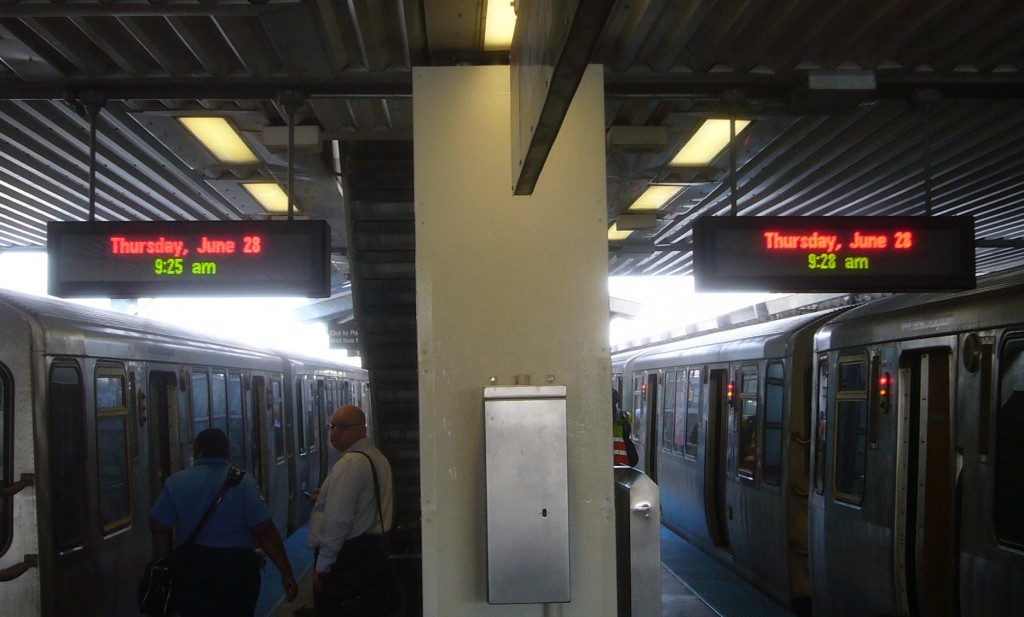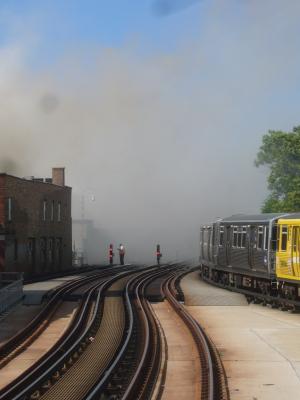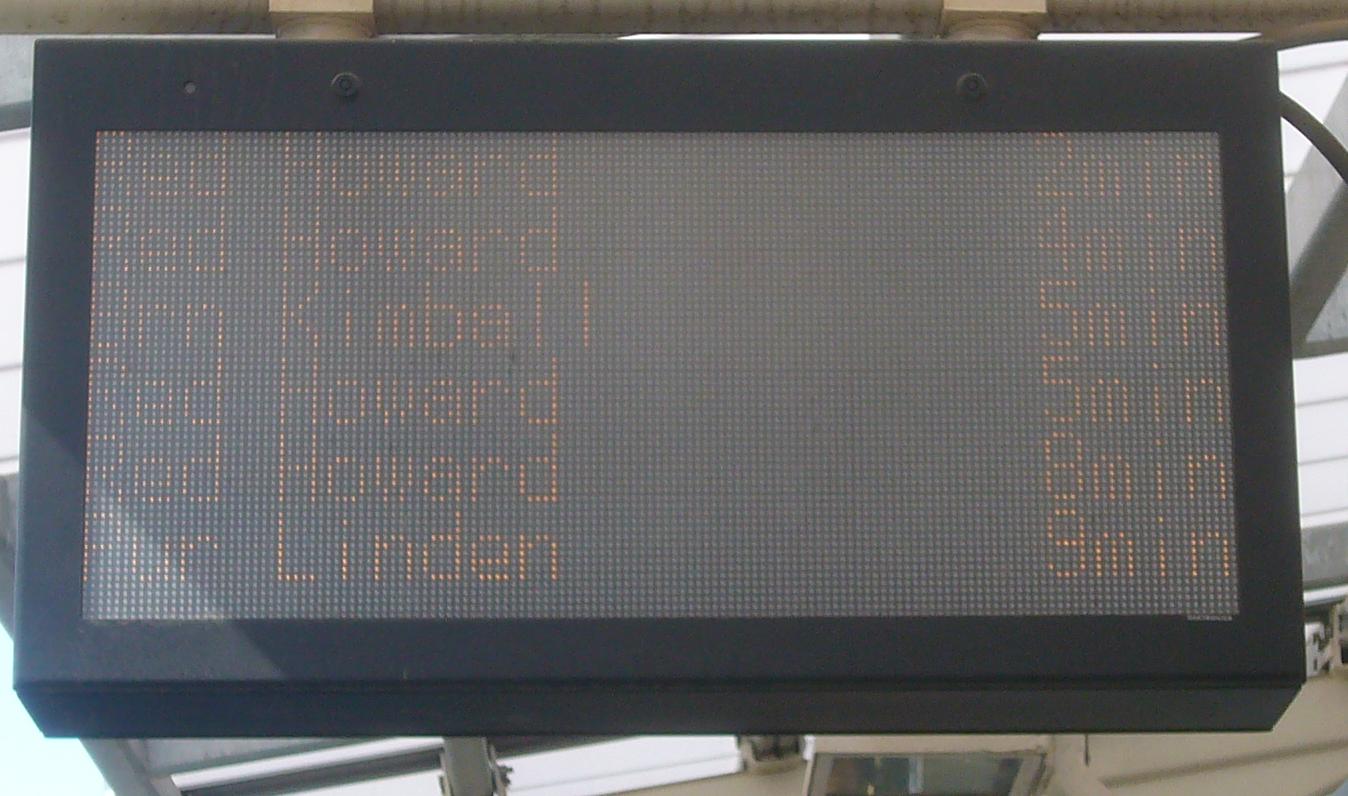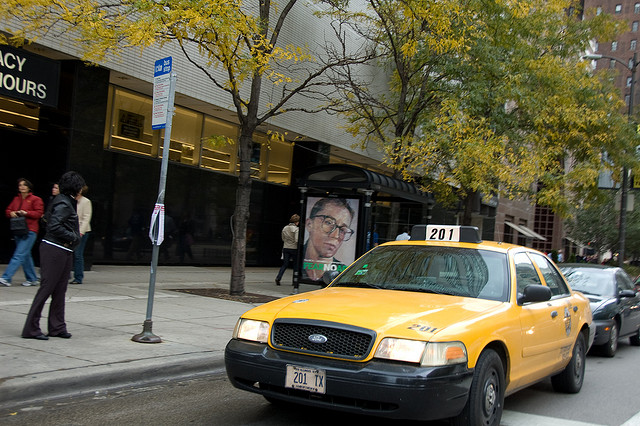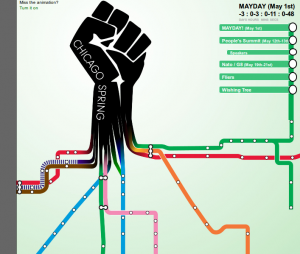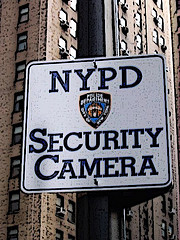Governments here in Illinois (and probably everywhere else) like to “request” things, but that doesn’t mean we mundanes always need to grant these requests. Two examples from recent experience:

Saving money: Illinois Secretary of State Certificate of Good Standing. Our high-tech sophisticated Secretary of State makes it easy, relatively, to get the “certificate of good standing” that organizations may require, for example, to set up some kinds of financial accounts. No problem, just go to Jesse White’s web site, do a search (which really works, in my experience), fill out the simple form and authorize a credit card charge of $16 ($5 transaction fee, $1 payment processor fee, and $10 expedited fee). But suppose you aren’t in a great hurry and don’t need (or want to pay for) expediting. Or suppose you lack a credit card but have a checking account (or can buy a money order). What to do?
Nowhere could I find the answer on Jesse’s web site. Fortunately, cheapness wonk Adam Kerman of the Transit Riders’ Authority knew what to do:
Write a letter to request the Certificate of Good Standing. Make sure to include the corporate file number and your contact phone number. $5 fee Secretary of State Business Services 501 S. Second St., Rm. 330 Springfield, IL 62756
And that’s just what I did. A week or so later, the certificate arrived.

Saving Dignity: Regional Transportation Authority old person discount fare card. A good and privacy-minded friend of mine, having recently attained the age of 65, wanted to take advantage of the “reduced fares” available to old people (among others) on RTA-funded transit systems. First thing she found out was that it takes 3-4 weeks to get the required farecard, so she should have applied 21 days prior to her birthday. Too late for that, but she readily found the necessary form, which turns out to serve two functions: (a) apply for reduced fares based on age or other criteria; (b) apply for free fares based on likelihood of voting Democratic documented low income. Being successful enough not to qualify for (b), she still had to complete a form with a blank for “Social Security Number.” What do to?
She wrote “NOT REQUIRED” in the SSN blank, and 23 days later received a reduced fare card in the mail. Moral of this story: You can surrender somewhat less privacy than the authorities ask for, without giving up rights or privileges, at least in this case.

